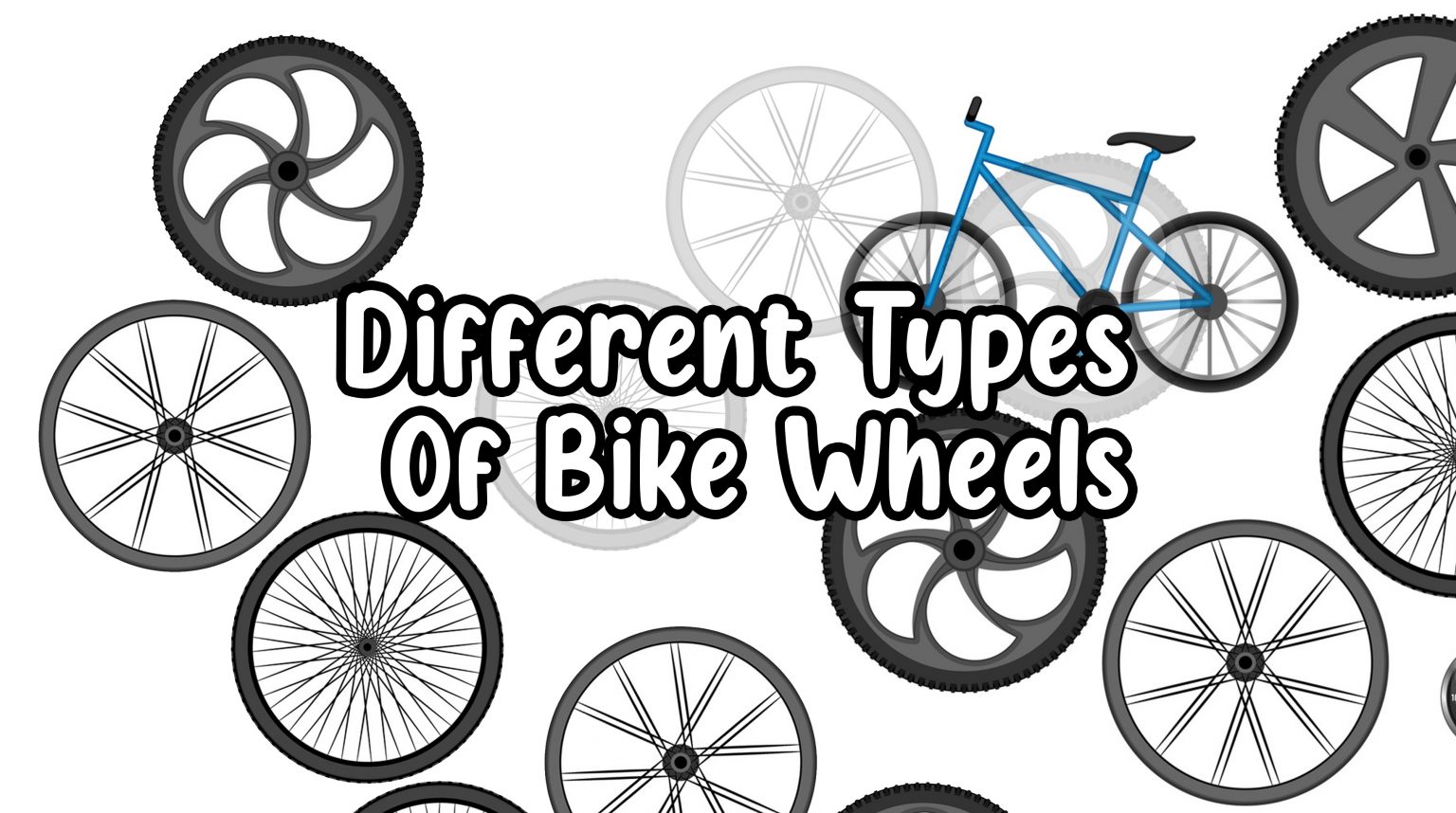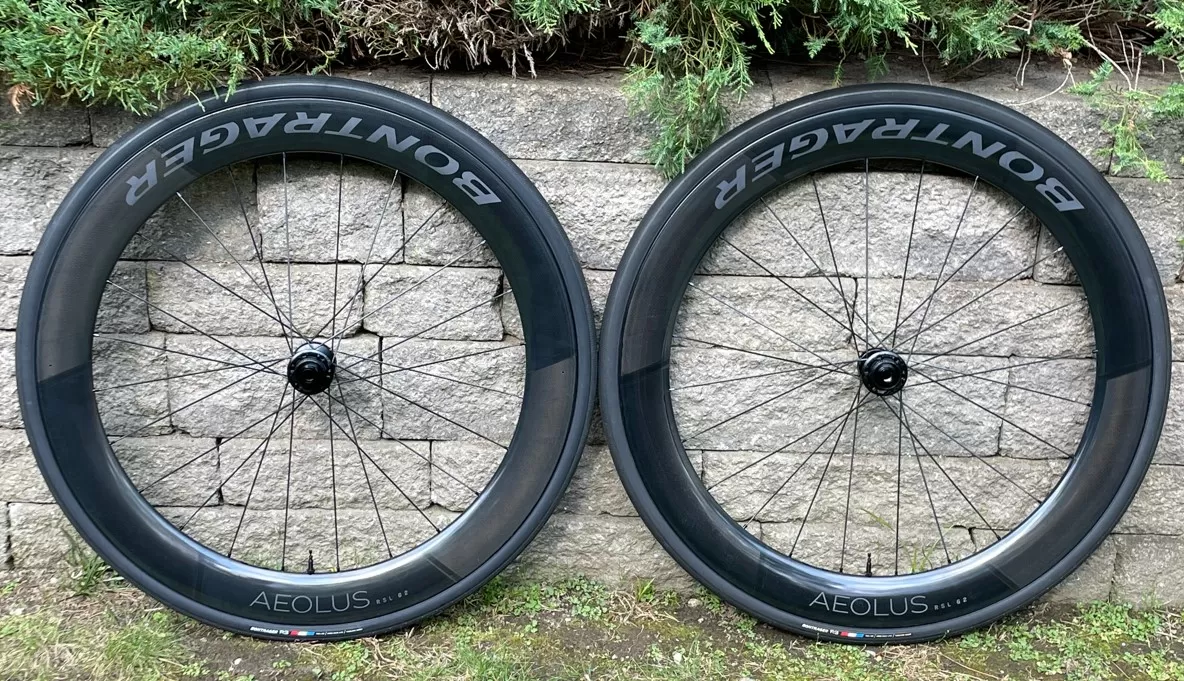Understanding the Role of Wheels in Cycling Performance
Bike wheels are a critical component of a cyclist’s setup, playing a vital role in determining the overall riding experience. The right set of wheels can significantly impact speed, comfort, and performance, making them an essential consideration for cyclists of all levels. With various types of bike wheels available, including road, mountain, hybrid, and commuter wheels, it’s crucial to understand the importance of wheels in cycling and how they can affect the ride. From the smoothness of the ride to the efficiency of pedaling, wheels have a profound impact on the cycling experience. In this article, we’ll delve into the world of bike wheels, exploring the different types, components, and features that make them an essential part of a cyclist’s arsenal.
How to Select the Perfect Wheels for Your Riding Style
With various types of bike wheels available, choosing the right one can be a daunting task. However, understanding the different types of bike wheels and their characteristics can help cyclists make an informed decision. Road bike wheels, designed for speed and efficiency, are ideal for cyclists who frequent smooth roads and paved bike paths. Mountain bike wheels, built for durability and traction, are perfect for off-road adventures and rugged terrain. Hybrid wheels, a combination of road and mountain bike wheels, offer a versatile option for cyclists who ride on both paved and unpaved surfaces. Commuter wheels, designed for practicality and comfort, are suitable for daily commutes and casual rides. When selecting the perfect wheels, cyclists should consider their riding style, terrain, and personal preferences to ensure a smooth, comfortable, and efficient ride.
The Anatomy of a Bike Wheel: Key Components and Materials
A bike wheel is a complex component comprising several key parts, each playing a crucial role in its overall performance. The rim, the outermost part of the wheel, is responsible for supporting the tire and providing a smooth ride. The hub, located at the center of the wheel, connects the rim to the bike’s axle and enables smooth rotation. Spokes, thin rods that connect the hub to the rim, provide additional strength and stability to the wheel. Tires, the outer layer of the wheel, come into contact with the road or terrain, affecting traction, comfort, and speed. When it comes to materials, bike wheels can be constructed from aluminum, carbon fiber, steel, or a combination of these. Aluminum wheels offer a lightweight and affordable option, while carbon fiber wheels provide exceptional stiffness and aerodynamics. Steel wheels, although heavier, offer unparalleled durability and strength. Understanding the components and materials of a bike wheel is essential in choosing the right type of bike wheels for your riding style and preferences.
Wheel Size and Width: What’s the Ideal Combination for You?
When it comes to choosing the right bike wheels, wheel size and width are crucial factors to consider. The ideal combination depends on the type of bike, riding style, and terrain. Road bikes typically feature 700c wheels, which provide a smooth ride and efficient speed on paved roads. Mountain bikes, on the other hand, often have 26-inch or 27.5-inch wheels, which offer increased stability and control on rugged terrain. Hybrid bikes may feature 700c or 650b wheels, providing a balance between comfort and speed. Commuter bikes often have 700c or 26-inch wheels, prioritizing practicality and durability. Wheel width also plays a significant role, with narrower wheels (18-20mm) suitable for road bikes and wider wheels (25-30mm) ideal for mountain and hybrid bikes. By understanding the different wheel sizes and widths available, cyclists can make an informed decision and optimize their ride for maximum performance and comfort.
Tire Tread Patterns: A Guide to Choosing the Right Traction
Tire tread patterns play a crucial role in determining the performance and safety of a bike. Different tread patterns are designed to excel in specific riding conditions, making it essential to choose the right one for your needs. Slick tires, characterized by a smooth, continuous surface, are ideal for road bikes and provide minimal rolling resistance. Semi-slick tires, featuring a subtle tread pattern, offer a balance between speed and traction, making them suitable for hybrid and commuter bikes. Knobby tires, with their aggressive tread pattern, are designed for mountain bikes and provide exceptional grip and control on rugged terrain. When selecting a tire tread pattern, consider the terrain, weather conditions, and your riding style. For example, if you frequently ride on wet roads, a tire with a more aggressive tread pattern may be necessary. By understanding the different tire tread patterns available, cyclists can optimize their bike’s performance and ensure a safe, enjoyable ride.
Wheelset Weight and Aerodynamics: The Impact on Performance
When it comes to optimizing bike performance, wheelset weight and aerodynamics play a crucial role. A lighter wheelset can significantly improve acceleration and climbing ability, while aerodynamic wheels can reduce air resistance and increase speed. However, finding the perfect balance between these two factors can be challenging. A wheelset that is too light may compromise on durability and stability, while an aerodynamic wheelset may be too heavy and hinder acceleration. To make an informed decision, cyclists should consider their riding style, terrain, and goals. For example, road cyclists who prioritize speed may opt for a lightweight, aerodynamic wheelset, while mountain bikers who need to navigate rugged terrain may prefer a heavier, more durable wheelset. By understanding the impact of wheelset weight and aerodynamics on performance, cyclists can make informed decisions and optimize their bike’s performance.
Popular Bike Wheel Brands and Models: A Review
When it comes to choosing the right bike wheels, cyclists often turn to reputable brands and models that have proven themselves in terms of performance, durability, and reliability. Mavic, a French company, is a popular choice among road cyclists, offering high-end wheelsets like the Cosmic Pro and Ksyrium Pro. Shimano, a Japanese brand, is known for its wide range of wheelsets, including the Dura-Ace and Ultegra series, which cater to both road and mountain bikers. Bontrager, an American brand, offers a variety of wheelsets, including the Aeolus and Paradigm series, which are designed for road and mountain biking. Other notable brands include Zipp, Enve, and DT Swiss, each offering unique features and benefits. When selecting a bike wheel brand and model, cyclists should consider factors such as riding style, terrain, and budget. By researching and comparing different options, cyclists can find the perfect wheelset to optimize their bike’s performance and enhance their overall riding experience.
Upgrading Your Wheels: Is it Worth the Investment?
Upgrading bike wheels can be a significant investment, but it can also bring substantial benefits to a cyclist’s performance and overall riding experience. One of the primary advantages of upgrading wheels is improved speed and acceleration. Lighter and more aerodynamic wheels can reduce rolling resistance and air drag, allowing cyclists to maintain higher speeds with less effort. Additionally, upgraded wheels can provide a smoother ride, improved handling, and increased durability. However, there are also potential drawbacks to consider, including increased cost, potential compatibility issues with existing bike components, and the need for additional maintenance. Cyclists should weigh these factors carefully and consider their riding style, terrain, and goals before deciding whether to upgrade their wheels. For example, road cyclists who prioritize speed may find that upgrading to a high-end wheelset is worth the investment, while mountain bikers who need to navigate rugged terrain may prefer to stick with their existing wheels. By carefully considering the benefits and drawbacks, cyclists can make an informed decision and optimize their bike’s performance.









